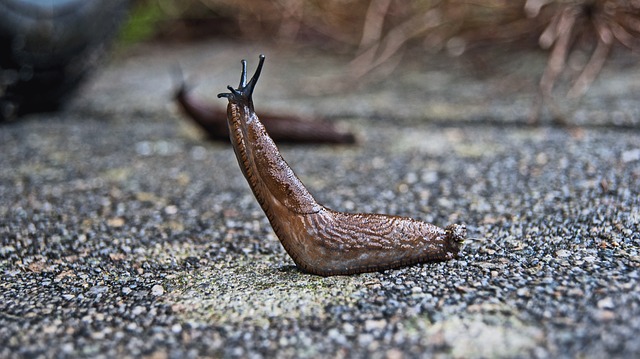Every now and then you hear of the stories of dares, often drunken and foolish dares, to eat a slug. Not only is this extremely gross and disgusting, this is simply a bad idea and here’s why: the rat lungworm.

Image/mvdvegt680
The rat lungworm, or Angiostrongylus cantonensis is a parasite infection in rats where the worm matures. Mollusks like snails and slugs pick up Angiostrongylus larvae by ingesting them in rat feces.
Infection is by accidentally, or sometimes intentionally ingesting raw snails and slugs. Lettuce and other leafy vegetables may also be a source if contaminated by small mollusks. Eating raw or undercooked prawns and crabs that have ingested mollusks may also be a source of infection.
Many cases of rat lungworm are asymptomatic or showing just mild symptoms. However, rat lungworm can result in a very serious known as eosinophilic meningitis (since the spinal fluid may have a high percentage of eosinophils). The symptoms can include headache, stiff neck, tingling or painful feelings in the skin, brain swelling, low-grade fever, nausea, and vomiting. Symptoms may last for weeks to months. Deaths have been reported.
Since the parasite dies over time because it can’t mature and complete its life cycle in humans, treatment is usually not necessary. Usually treatment of symptoms; headache medicine and steroids are all that is needed. Anti-parasitic drugs are generally ineffective against the rat lungworm.
To avoid rat lungworm:
• Don’t eat raw or undercooked snails or slugs.
• Cook crabs and prawns to kill the larvae.
• Thoroughly clean lettuce and other produce.
Related:
- India: Top infectious disease concerns in world’s second most populous country
- ‘Trends in Tickborne Diseases’, a HHS joint webinar available online
- South Carolina girl loses battle with ‘brain-eating amoeba’


This is also a concern for people who raise escargot for human consumption. Fortunately, the rat lungworm doesn’t exist in most of the U.S. It’s a big problem in Hawaii, a lesser problem in Florida. I was thinking of raising escargot, and I looked into possible hazardous parasites. This is the only one, and it’s not a problem here in northern California. Nevertheless, I was thinking if I set up a heliculture operation, I’d go three generations after collection from the wild before eating any of them. Probably two would be enough, but you always want an extra layer of safety just in case you’re wrong. The common garden snail in North America is the escargot snail — it’s an introduced species.